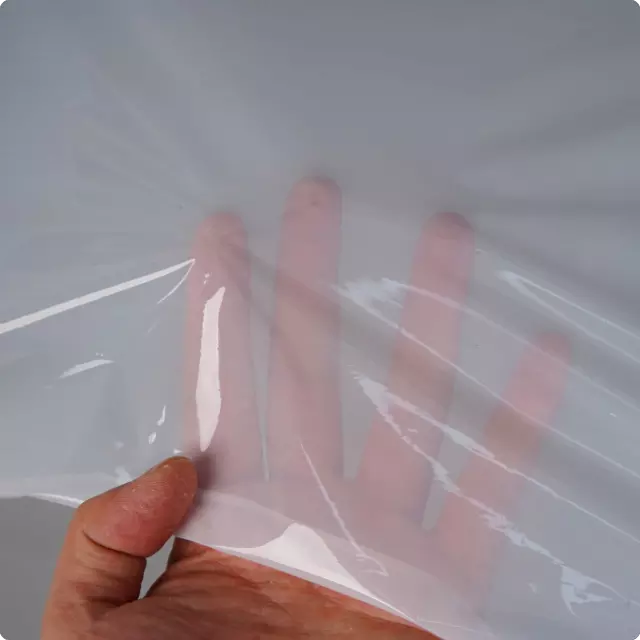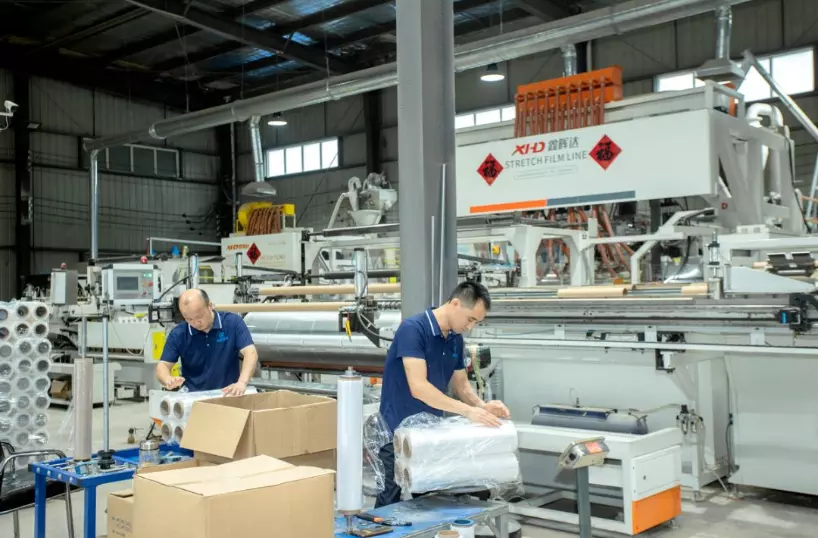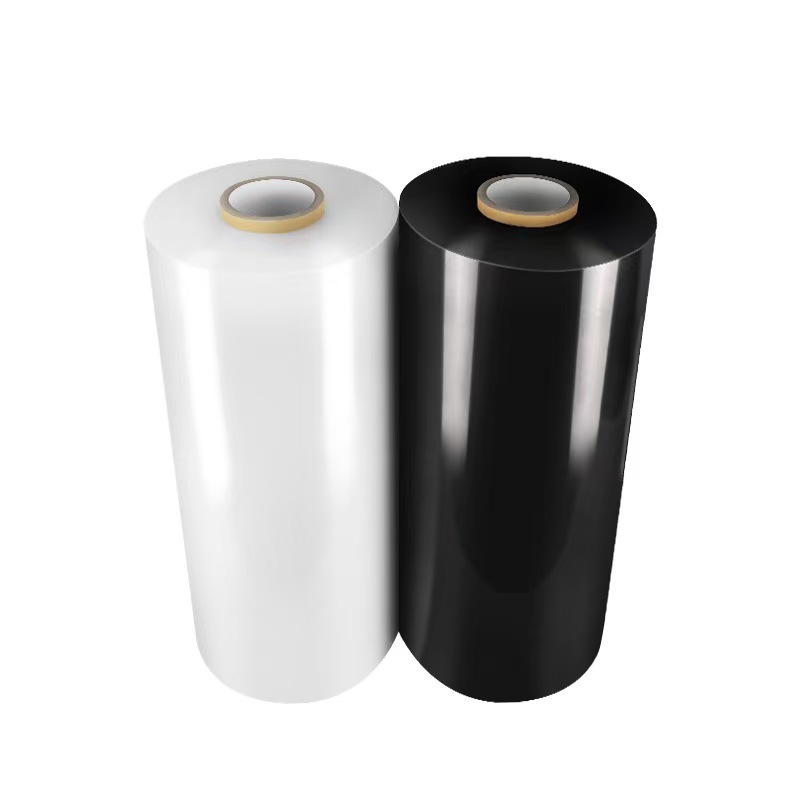The Main Difference Between Stretch Film and Shrink Wrap
Release time: 2025-06-12
Stretch film and shrink film are both popular packaging materials commonly used to protect goods during transport or storage. Although they serve similar purposes, they have distinct differences in their application methods and the types of products they are suited for.
What is Stretch Film?
Stretch film is a highly elastic plastic film primarily used to tightly wrap products, often around pallets or individual items. It is made from linear low-density polyethylene (LLDPE). The material’s design allows it to stretch several times its original length without breaking, which is why it is called “stretch” film. It adheres tightly to items, making it highly effective in ensuring the stability of products during transport and storage.


There are two main types of stretch film:
- Manual Stretch Film: This type of film is manually used by workers to wrap products or pallets. It typically comes in rolls of 12-18 inches in width.
- Machine Stretch Film: This type of film is used for automatic packaging machines. It is commonly used for high-volume packaging, especially in warehouses or factories.
Key Features of Stretch Film:
Elasticity and Strength: Stretch film’s standout feature is its excellent stretchability. It can usually stretch 100% to 250%, allowing it to securely hold items. Even if the wrapped items shift, the stretch film can maintain a strong grip, reducing the likelihood of damage during transportation.
Transparency: Stretch film is typically transparent, allowing easy identification of the items inside. This transparency is also helpful during inventory checks, as it’s easier to see the contents compared to opaque materials.
Pollution Protection: Stretch film helps protect goods from dust, dirt, moisture, and tampering. The tight wrap minimizes exposure to external elements, which is crucial for maintaining product quality, especially for sensitive or perishable items.
Cost-Effective: Due to its lightweight nature and high stretchability, stretch film is a relatively low-cost packaging solution compared to alternatives like shrink film. It can cover a larger surface area, reducing waste, which makes it economically viable for businesses.
Versatility: Stretch film can be used for various applications. It is not limited to pallet wrapping but can also be used for bundling individual products, securing boxes, or protecting irregularly shaped items. Its flexibility makes it suitable for many industries, including retail, food, pharmaceuticals, and manufacturing.
Noise Reduction: Compared to shrink film, stretch film is relatively quiet during application, reducing the noise caused by the film adhering tightly. This makes it more comfortable to use in noise-sensitive environments.
Stretch Film vs Shrink Film: Main Differences
Application Process:
Stretch Film: Applied by wrapping the film around items and stretching it to increase its adhesion and securing ability. No heat treatment is required.
Shrink Film: Requires heating to tightly shrink the film around the items, creating a custom fit. This process is more time-consuming and requires specialized equipment.
Cost:
Stretch film is generally more affordable than shrink film because it doesn’t require heating equipment and can cover a larger surface area, reducing material waste.
Protection Effectiveness:
Stretch film offers good protection, shielding items from contamination and ensuring their stability. However, shrink film provides a tighter seal, offering additional protection from dust, moisture, and physical damage.
Flexibility:
Stretch film is more flexible and can adapt to irregularly shaped items. Shrink film typically provides a more rigid and precise wrap but may not be as forgiving when wrapping products of different sizes.
Durability:
Both stretch film and shrink film are durable, but shrink film is better at maintaining its form under greater pressure due to its tight seal. Stretch film can endure shifting of items without tearing.

Applications of Stretch Film:
Pallet Wrapping: The most common use of stretch film is for pallet wrapping during transport. It provides stability for goods, preventing them from shifting or falling during transit. The elasticity of the film helps to securely hold the goods in place.
Bundling: Stretch film can also be used to bundle smaller items such as bottled goods, product boxes, or stacks of materials. This prevents these items from scattering or getting damaged.
Cold Storage and Outdoor Storage: Stretch film is commonly used to wrap products stored outdoors or in refrigerated warehouses. Its resistance to low temperatures makes it an ideal choice for the logistics and food industries.
Protecting Products During Handling: In warehouses or manufacturing plants, stretch film can protect items during handling, preventing scratches, dust, and other potential damage.
Stretch film is a versatile, cost-effective, and reliable packaging material. Its stretchability, adhesion, and protective qualities make it ideal for pallet wrapping, bundling products, and ensuring safe transport of goods, making it a practical choice for many businesses.
Liu’an Xincai Packaging Materials Co., Ltd. specializes in the production and processing of PE stretch film and packaging stretch film. Feel free to inquire.


